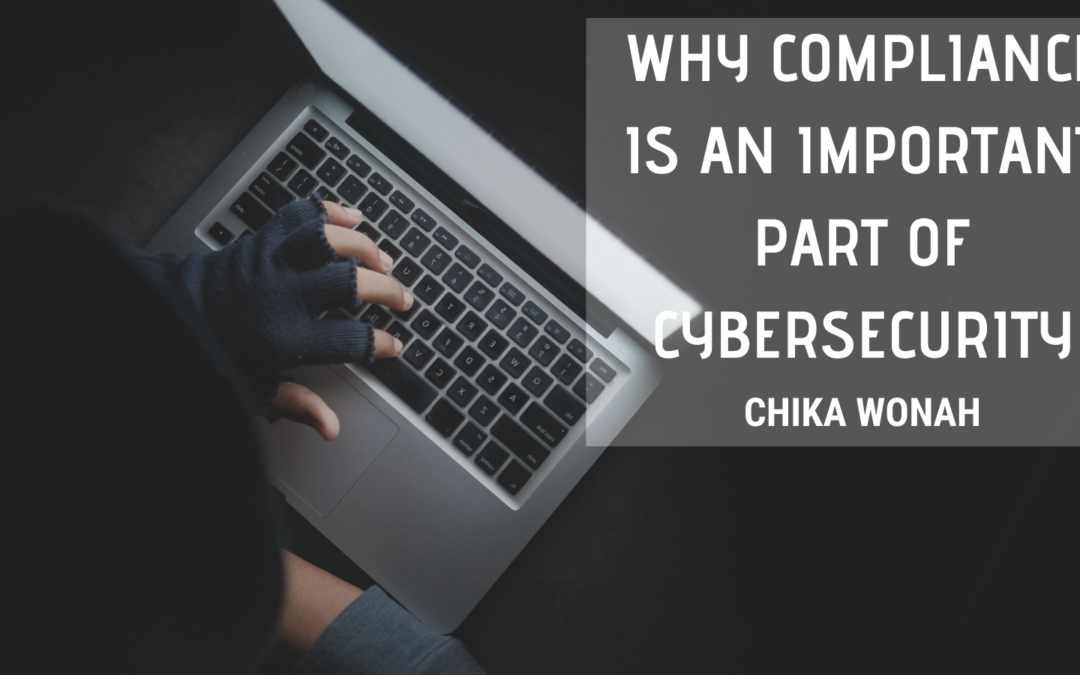In the ever-evolving cybersecurity landscape, organizations face an escalating number of threats, making the need for robust defense mechanisms more critical than ever. Among the various elements contributing to a comprehensive cybersecurity strategy, compliance is pivotal in ensuring businesses adhere to established standards and regulations. This blog post explores why compliance is an indispensable part of cybersecurity.
- Regulatory Frameworks Provide Guidelines: Governments and industry bodies worldwide have established regulatory frameworks to define cybersecurity standards and best practices. Compliance with these regulations, such as GDPR, HIPAA, or PCI DSS, ensures that organizations implement necessary safeguards to protect sensitive data. Adhering to these guidelines safeguards against legal repercussions and fosters a culture of responsibility and accountability in handling digital assets.
- Safeguarding Sensitive Data: Compliance standards protect sensitive information, such as customer data, financial records, and intellectual property. A robust compliance program helps organizations identify and categorize sensitive data, implement encryption measures, and establish secure access controls. By adhering to compliance requirements, businesses protect their interests and build trust with clients and customers who entrust them with their data.
- Mitigating Cyber Risks: Cyber threats constantly evolve, and compliance standards are designed to adapt. By mandating regular risk assessments, vulnerability scans, and security audits, compliance frameworks help organizations stay one step ahead of potential threats. This proactive approach minimizes the risk of data breaches and enhances an organization’s overall cybersecurity posture.
- Building Customer Trust: In an era where data breaches dominate headlines, customer trust is invaluable. Adhering to compliance standards demonstrates a commitment to security, assuring clients that their information is handled with the utmost care. This trust is a competitive advantage and vital to sustaining long-term relationships with customers and partners.
- Incident Response and Reporting: Compliance frameworks often include incident response and reporting guidelines. A well-defined plan ensures that organizations can effectively respond to security incidents, minimize the impact, and promptly report breaches as required by regulations. This transparency not only helps in containing potential damage but also demonstrates a commitment to accountability and improvement.
In the complex cybersecurity landscape, compliance is a foundational pillar that guides organizations in implementing effective security measures. It protects sensitive data, mitigates cyber risks, and fosters a culture of responsibility and trust. Businesses can navigate the evolving threat landscape with confidence and resilience by prioritizing compliance as an integral part of their cybersecurity strategy.

